How do we talk about art by kids? How do we talk to kids about art? What are we looking at when we see art made by children?
I would like to invite parents, teachers and anyone who cares for children to a conversation about an art show that includes works by children and their artist parents.
Many people in our society – our community where people generally share the same values – assume that children are inspired to make art in an almost natural way, as though any child in any place at any time might make a similar drawing, painting or other work of art.
That just doesn’t happen, by the way. It never has.
We have drawings by children from cultures around the world. We have works of “art” made by children from hundreds of years ago. And they don’t look anything like the things American kids have made over the past, say, 30 years.
The reason is that children are smart. They aren’t simply learning machines, but people – and people learn from people. They respond to culture. They notice the world around them.
“Circle Time: Children and Their Artists” is an art show at a professional gallery in Portland, Able Baker Contemporary (ABC). My job is to write about art shows and say what is well executed, interesting or challenging about an art show: the good, the bad and the ugly.
This show includes art by professional artists and their kids. It’s a great chance to see art in the most important context: family. That might sound silly to some people, but it’s not to me.
So, what happens when Mom or Dad just happens to be one of the coolest, hippest artists around? I don’t mean to put Gideon Bok on the spot, but ever since I saw his show of favorite album covers (the pictures on music cases) at Space Gallery years ago, I have thought of him as one of the coolest, hippest artists. And his wife, Meaghan Brady, has been included in recent biennials (museum showcase exhibitions that happen every two years) and shows at Icon Contemporary, etc.
Bok’s work long has been about what has been in front of him in his studio. The paintings for which he is best known are scenes from his studio that are painted over and over. The things that stay get thick with paint. But the things that leave like, say, a bicycle, get thin, like ghosts and fade like a wisp of cloud in time.
Here, Bok does his thing and draws his daughter, Ada, in the studio. The drawing is a bit jumpy, but it’s clear, recognizable. Ada, meanwhile, draws her dad drawing her. Here again, the image is recognizable, but only as a person sitting at a table. The best part is that the guy at the table has googly eyes. On one hand, this is silly – but it is super fun. It also does that thing that art needs to do: When we see the eyes, we know he’s a person. This is the excellent thing about cartoons: They are all about making it as easy as possible to see things for what they are supposed to me. A dog is a dog. A table is a table. A person is a person. An eye is an eye. In photographs, those things aren’t always so obvious.
Ada’s drawings are fun. (And, sorry Gideon, but when I was there last, I saw Ada’s work had sold, and yours hadn’t.)
Oh, yeah. That. Anyone can go into an art gallery for free. The Portland Museum of Art usually costs $15 for an adult. So, if you want Mom and Dad to go, that’s usually going to cost them $30. And not only is the gallery free, but it can sell works of art. Ada might not be rich yet, but she’s actually now a professional artist. (The next time your parents tell you to go to bed when you’re drawing, point out that art class was the first vocational training – job training – you ever had.)
I have long said Mark Wethli was one of Maine’s best artists. His wife, Cassie Jones, is also a big hit in New York galleries and museums. But seeing their work together with their child Wren’s paintings – well, it explains everything. Jones’s work is like a fun dance. Wethli is cool, but controlled. And Wren might just be a kid, but the structures of her compositions (the organization of the paintings) are really smart and effective: two “U”s with bold, swooping color. You can’t teach that.
Wren actually uses the whole canvas (or piece of paper) better than her parents. They are both great artists, but their kid’s work has a more natural sense of painting than their recent work, which looks more to drawing and design.
Stephen Benenson has three excellent paintings over in the Portland Museum of Art right now, but his daughter Isla’s “Elmo Truck” is without a doubt the funnest thing around. He’s good, but she’s a blast.
Able Baker co-director Hilary Irons is an excellent painter whose work tries to be weird. But with her daughter, Tessa, their “Sea Cat Collage” couldn’t be stranger – or funner.
Carrie Scanga’s “Red Process Drawings” are a series that swirls like simple drawings in red. But the fact that her kid, Frances, can match the swirling energy says something about Mom’s work: She clearly admires the bold energy of a child’s approach to drawing. Who is really learning from whom?
I like Jenny McGee Dougherty’s giant mural at the PMA Biennial, but her work with her son Cal is so much better. And Cal’s painting is maybe even better than hers. She paints in tight lines. He isn’t as fussy, so the painting shimmers with energy. She can’t copy that energy, since it’s not simply about the shapes. But she can admire it and try to capture the feel of it. Together, these two paintings are amazing. They remind us that kids and parents really do learn wonderful things from each other.
Kids and parents don’t need to know fancy words to talk about art. In fact, that’s the great thing about art: shared experience. Whether music, movies, food or paintings, sharing an experience with a kid or a parent is a way to go past words. You can talk if you want to, but memories are rarely made of words.
Freelance writer Daniel Kany is an art historian who lives in Cumberland. He can be contacted at:
dankany@gmail.com
Send questions/comments to the editors.

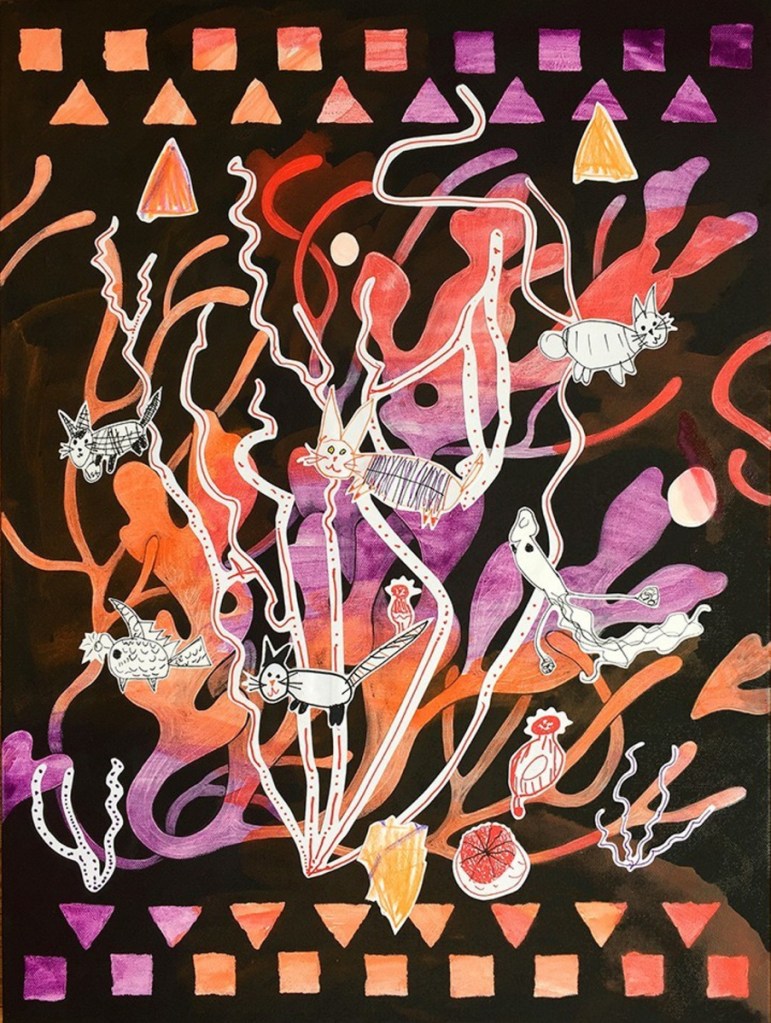
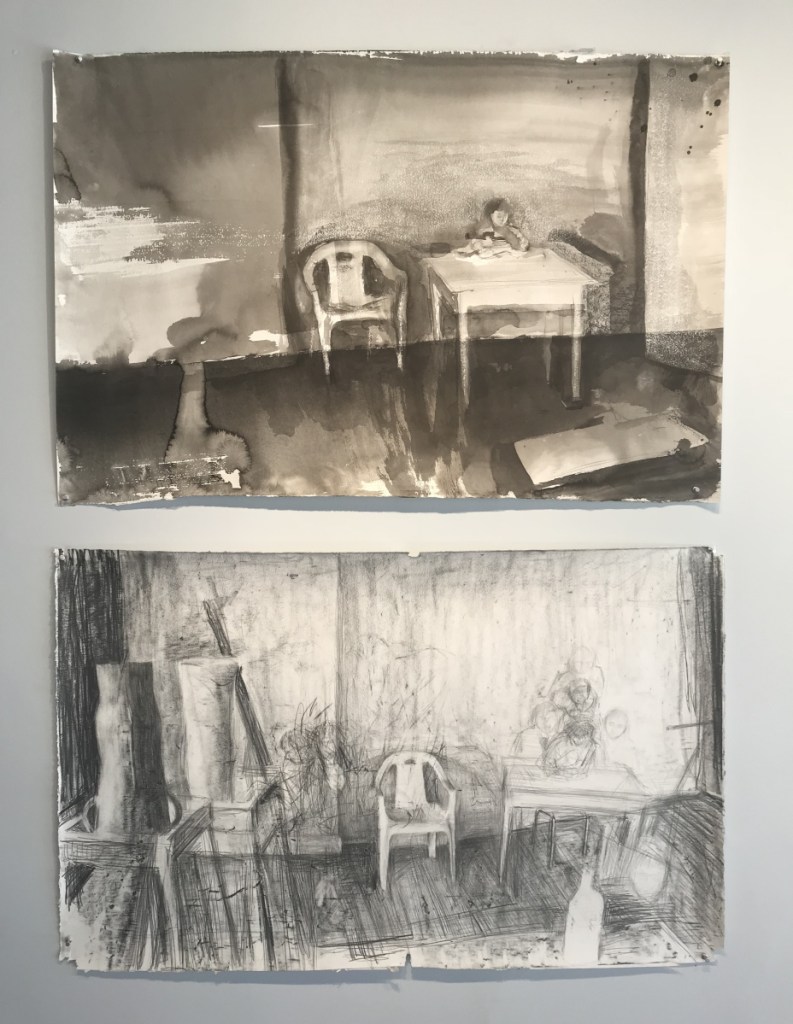
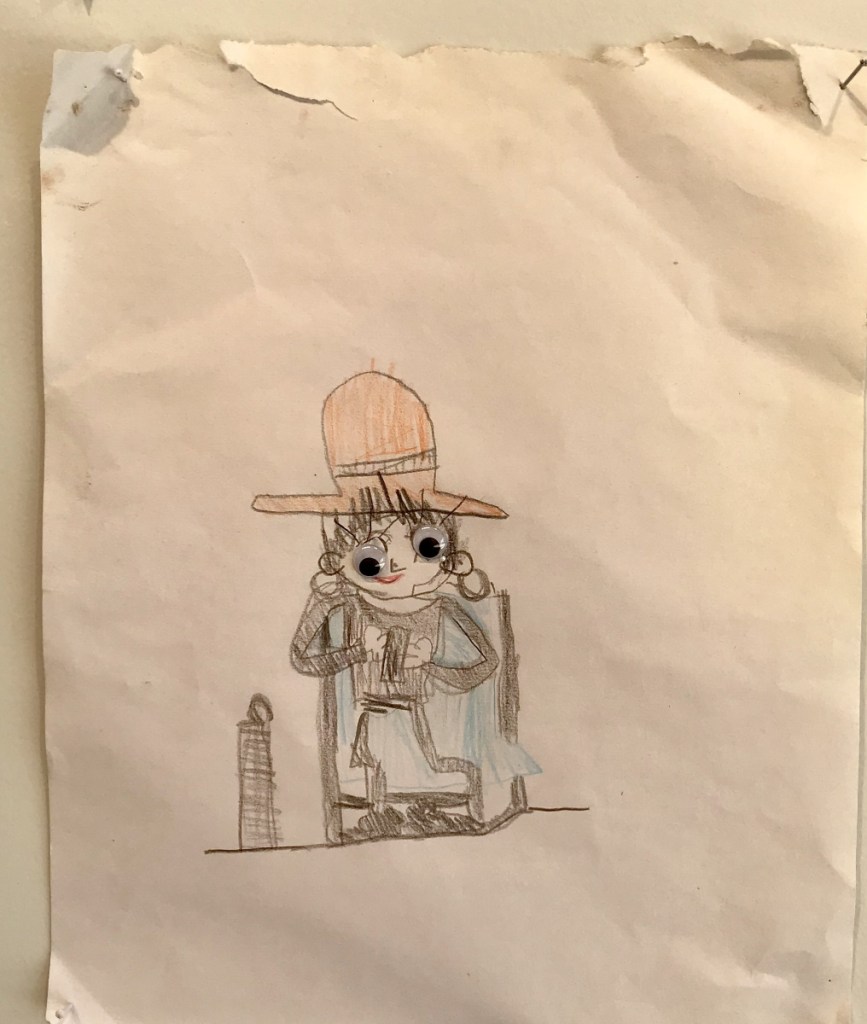
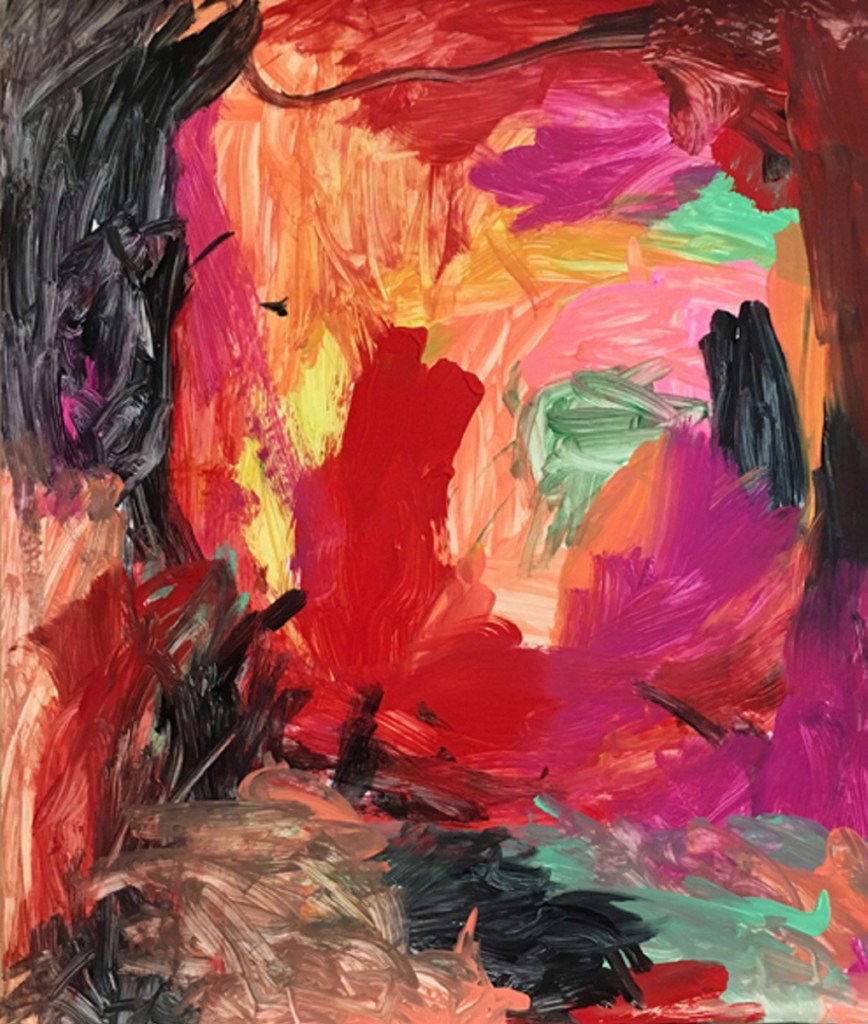
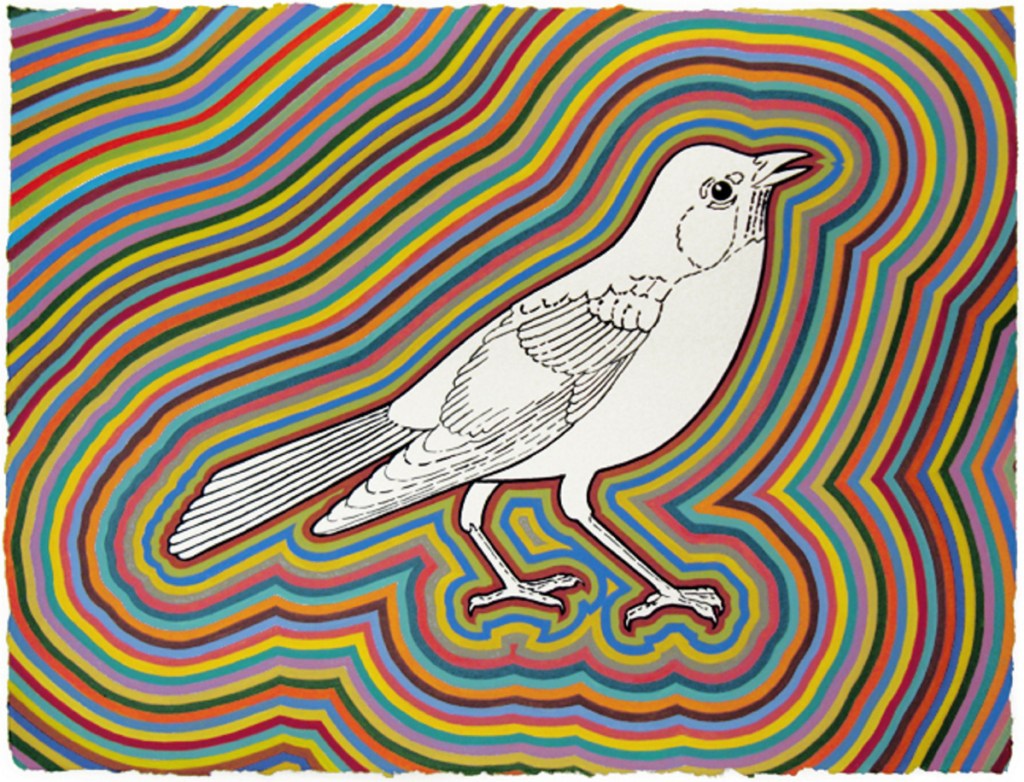
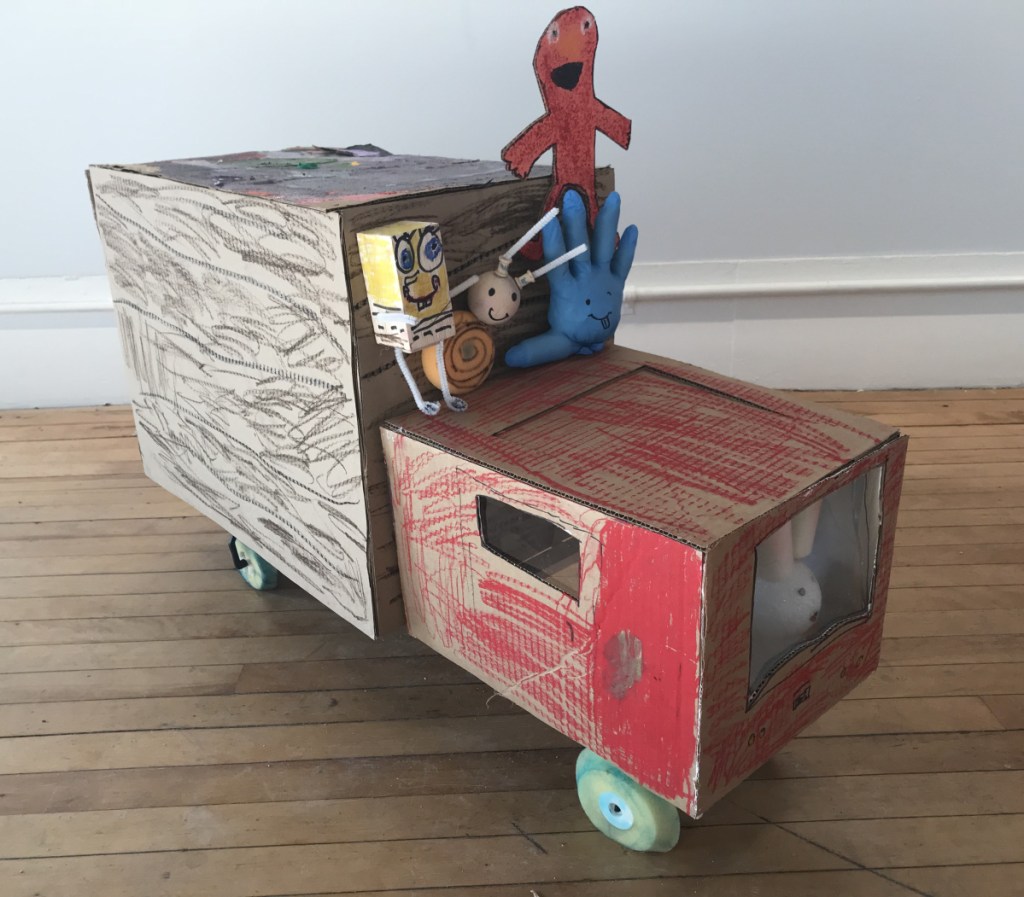
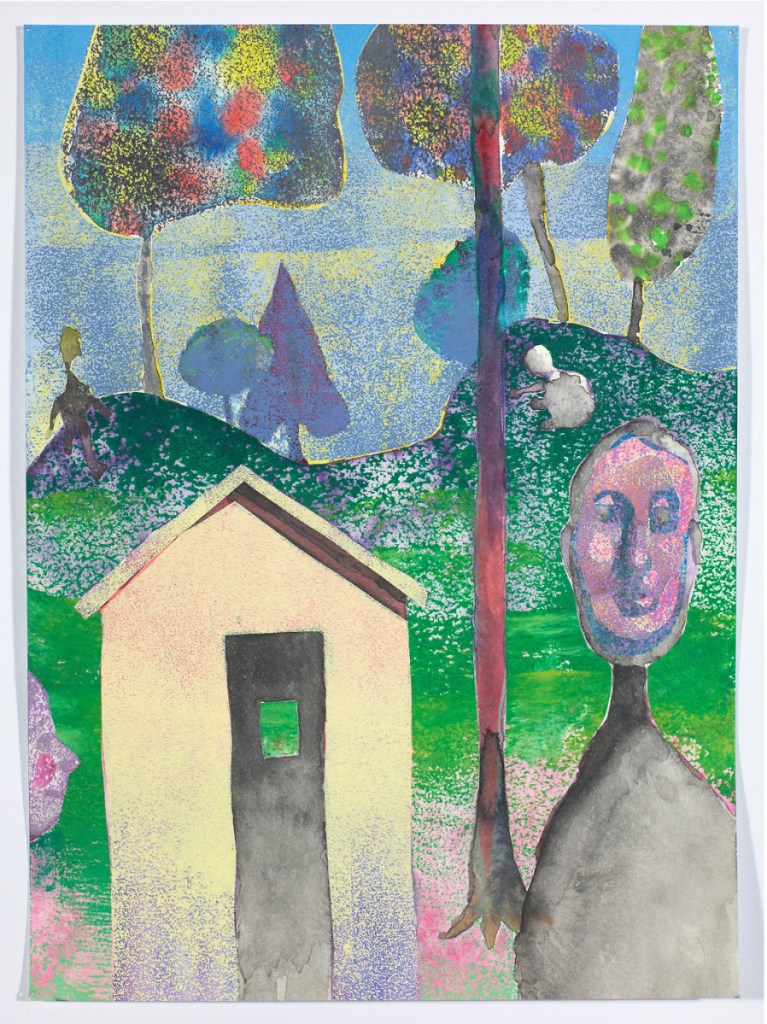

Success. Please wait for the page to reload. If the page does not reload within 5 seconds, please refresh the page.
Enter your email and password to access comments.
Hi, to comment on stories you must . This profile is in addition to your subscription and website login.
Already have a commenting profile? .
Invalid username/password.
Please check your email to confirm and complete your registration.
Only subscribers are eligible to post comments. Please subscribe or login first for digital access. Here’s why.
Use the form below to reset your password. When you've submitted your account email, we will send an email with a reset code.